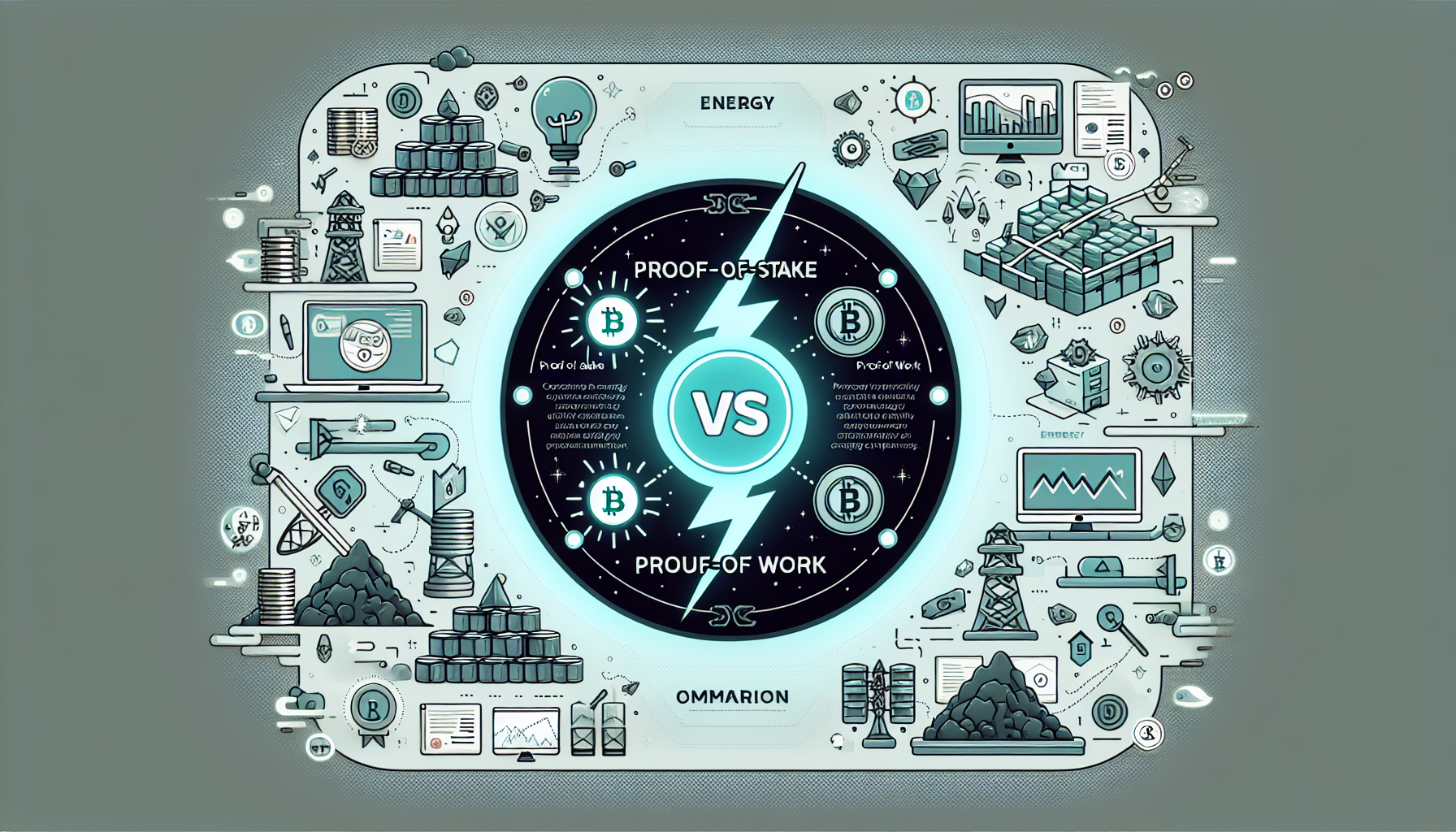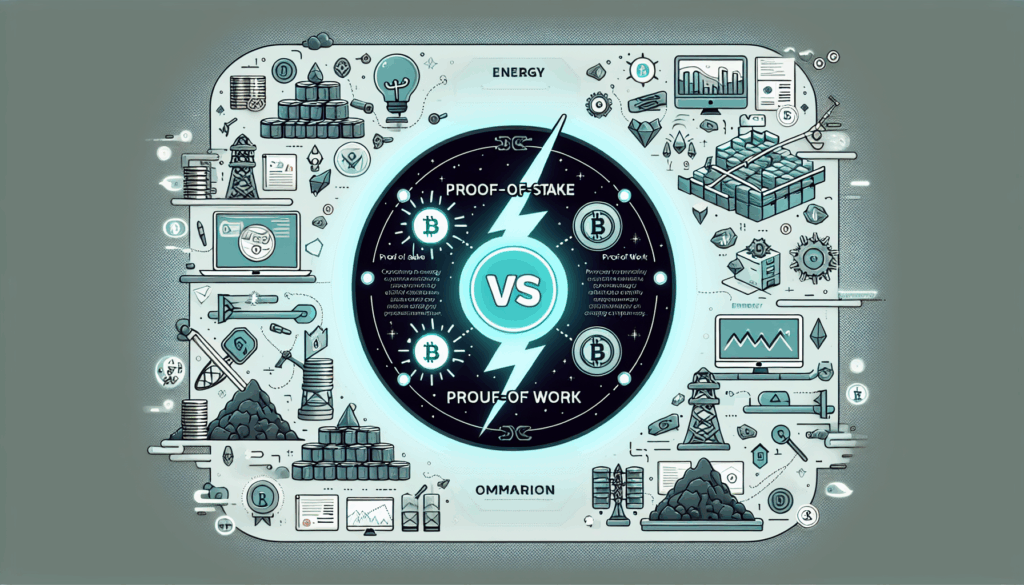Proof-of-Stake vs Proof-of-Work: The Energy Debate Explained
Introduction: Why Does Blockchain Energy Consumption Matter?
Did you know Bitcoin’s annual energy usage rivals that of entire countries like Argentina? As the proof-of-stake vs proof-of-work energy debate heats up, crypto investors are demanding greener alternatives. This guide breaks down the key differences between these consensus mechanisms and their real-world impact.
How Proof-of-Work Drains Energy (And Why It’s Controversial)
Imagine a global network of computers racing to solve complex math problems – that’s proof-of-work blockchain technology in action. Here’s why it’s energy-intensive:
- Mining rigs operate 24/7 consuming massive electricity
- Network difficulty increases over time requiring more power
- According to Cambridge University, Bitcoin alone uses 150+ TWh annually
Fun fact: You could power 12 U.S. households for a day with the energy needed for a single Bitcoin transaction.

Proof-of-Stake: The Energy-Efficient Alternative
Instead of computational power, proof-of-stake cryptocurrencies use coin ownership to validate transactions:
- Validators “stake” coins as collateral instead of solving equations
- Ethereum’s switch to PoS reduced its energy use by 99.95%
- Cardano and Solana built their networks on PoS from day one
Think of it like this: PoW is a fuel-guzzling race car, while PoS is an electric vehicle getting you to the same destination.
Comparing Security: Is Energy Waste Necessary?
Some argue PoW’s energy use actually strengthens security:
- The high cost prevents 51% attacks (too expensive to hack)
- PoS systems may favor wealthy holders (“rich get richer” problem)
- Newer PoS chains haven’t faced major stress tests yet
However, PoS advocates counter that properly designed systems can match PoW security without the carbon footprint.
The Future of Green Cryptocurrency Mining
Industry trends suggest a shift toward sustainability:
- 78% of new blockchain projects now use PoS (Messari 2025 Report)
- Renewable-powered PoW mining farms are emerging in Scandinavia
- Regulators are pushing for crypto energy disclosure standards
Conclusion: Which Should You Choose?
The proof-of-stake vs proof-of-work decision depends on your priorities. If environmental impact matters most, PoS and newer low-energy blockchain protocols are clear winners. For maximum security (energy cost be damned), Bitcoin’s PoW still reigns supreme.
Pro Tip: Use tools like the Crypto Carbon Ratings Institute to compare networks’ energy efficiency before investing.
For more crypto insights, explore our guides on staking rewards optimization and sustainable NFT platforms.
Cryptosaviours
Dr. Elena Rodriguez
Blockchain Security Architect
Author of 27 peer-reviewed papers on consensus mechanisms
Lead auditor for Ethereum 2.0 transition
Disclaimer: This content is for educational purposes only. Cryptocurrency investments carry risk—always conduct your own research.
